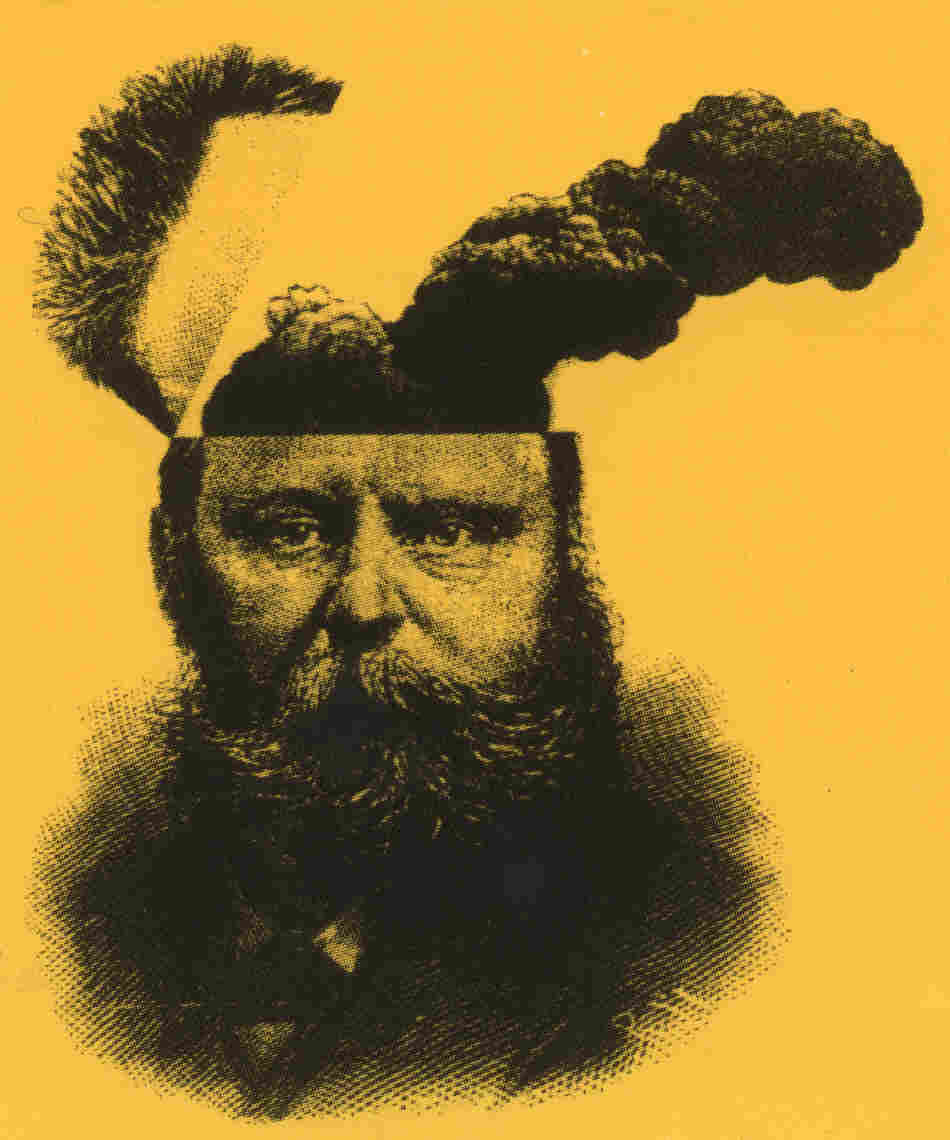macribs
10 MW
- Joined
- Jul 22, 2014
- Messages
- 3,702
I was chatting about e-bikes, cromotor etc with a friend. And he asked why run it at 3 phase and why not 6 phases with 2 controllers?
I never even taught about that before, and didn't have a clear view of what is actually 3 phase so I didn't know what to respond and soon forgot about it. I am currently still not sure what is possible to achieve but after watching a youtube vid it seems 6 phase would double your power.
Is there any advantages to run a 3 phase motor as 6 phases? Less load on the controller probably as one can use 2 controllers. Will that allow for more voltage then what a normal controller can handle?
Will wire it up to use 6 phases give any benefits at all over 3 phases?
Blue ones opposite each other 3 phase and same for red makes 6 phase?
Or will 6 phase make the motor run with more rpm and torque?

I never even taught about that before, and didn't have a clear view of what is actually 3 phase so I didn't know what to respond and soon forgot about it. I am currently still not sure what is possible to achieve but after watching a youtube vid it seems 6 phase would double your power.
Is there any advantages to run a 3 phase motor as 6 phases? Less load on the controller probably as one can use 2 controllers. Will that allow for more voltage then what a normal controller can handle?
Will wire it up to use 6 phases give any benefits at all over 3 phases?
Blue ones opposite each other 3 phase and same for red makes 6 phase?
Or will 6 phase make the motor run with more rpm and torque?




